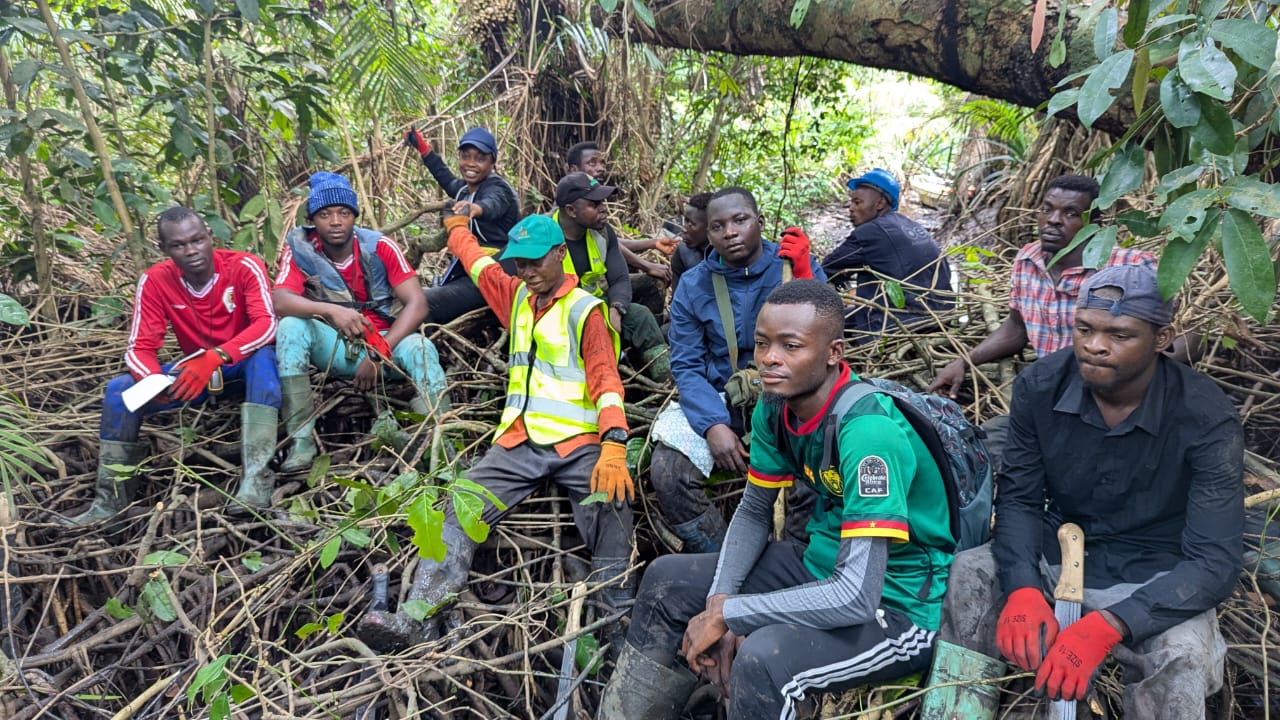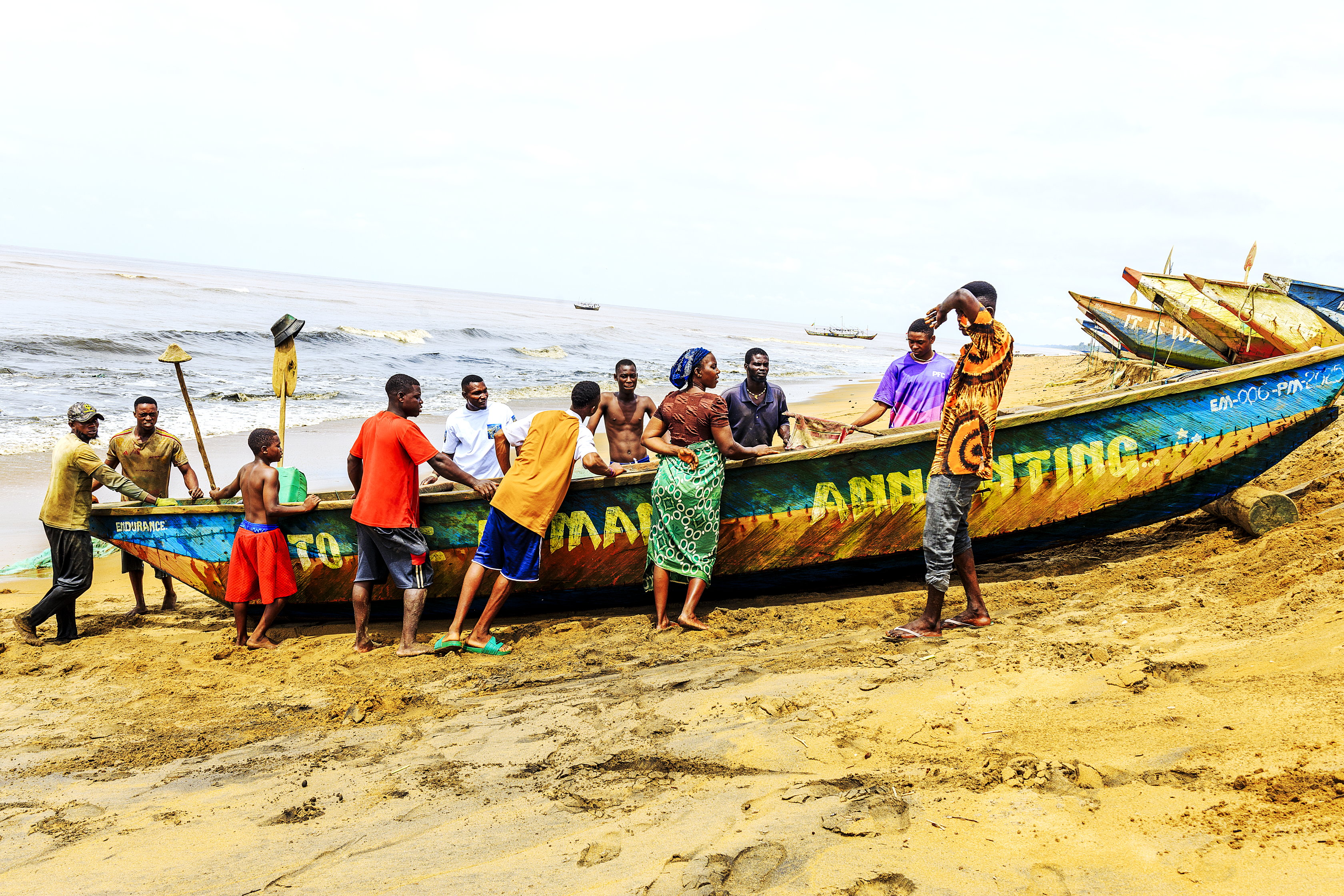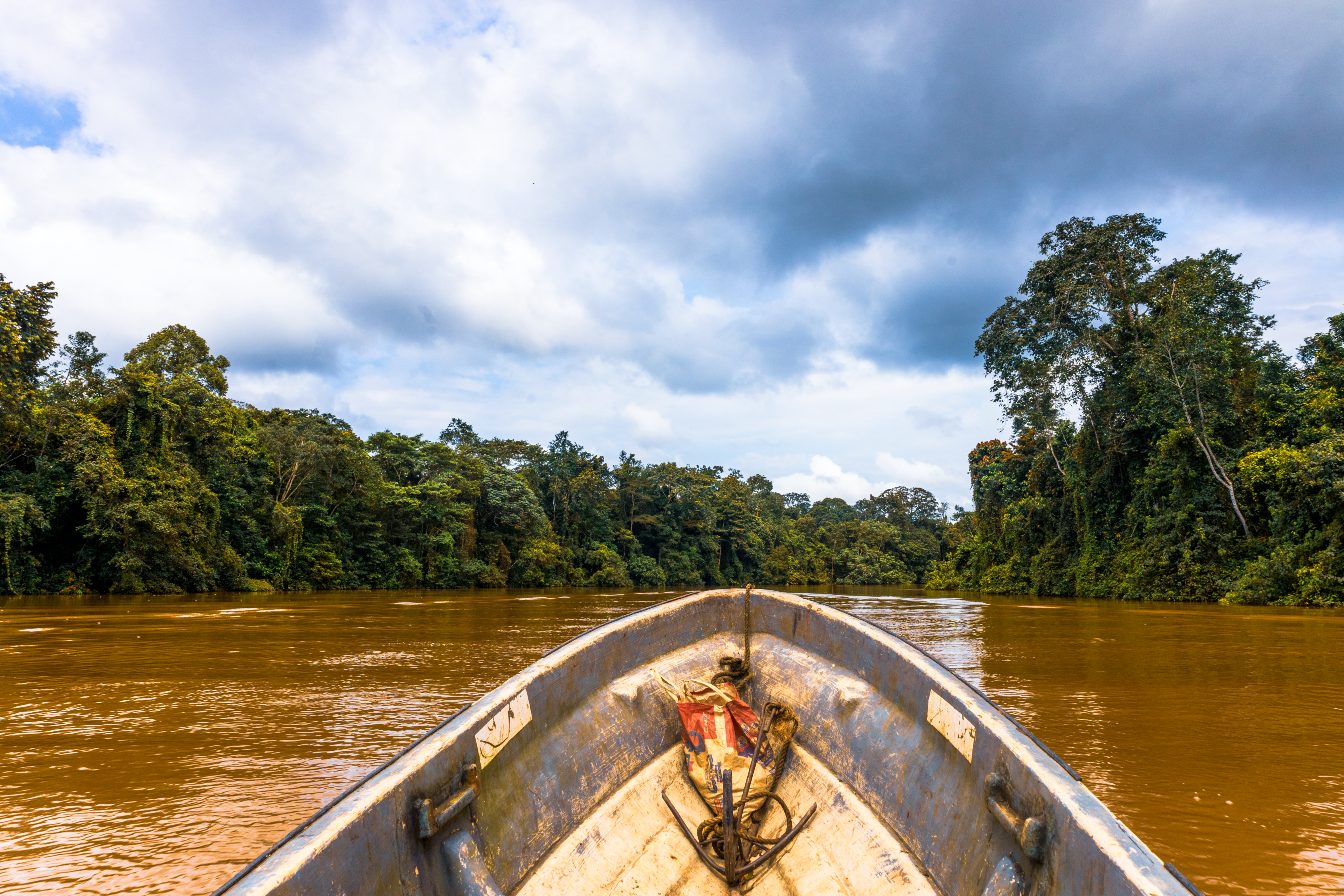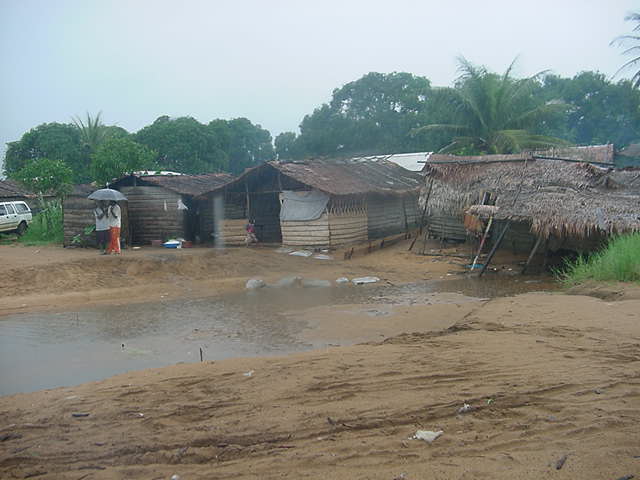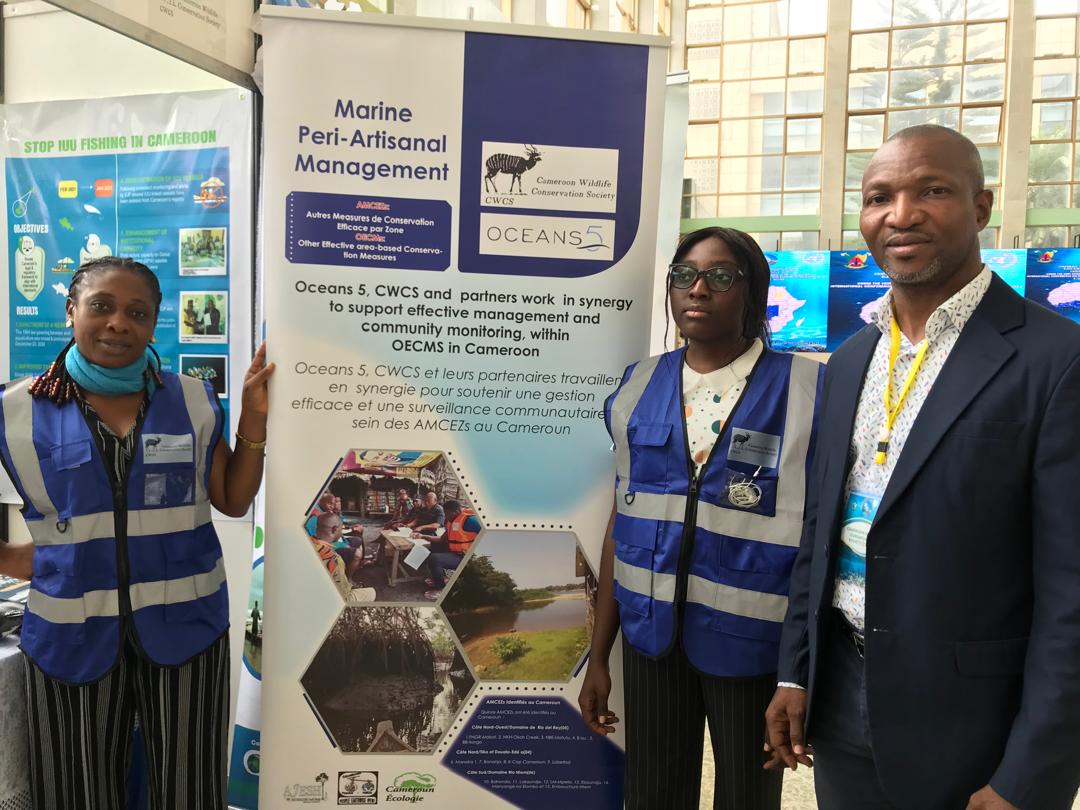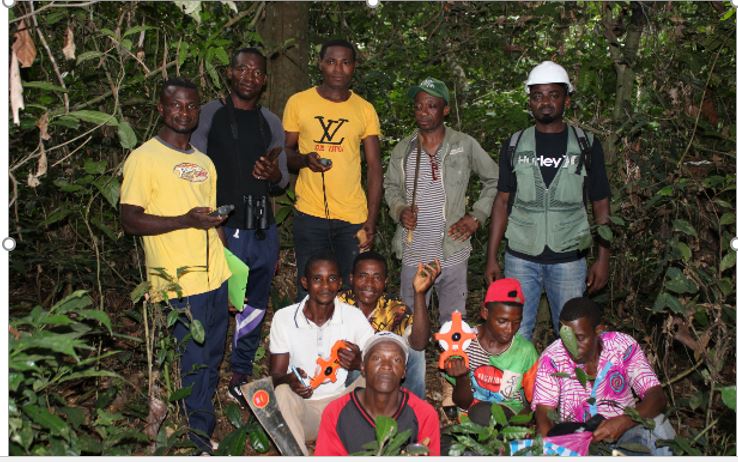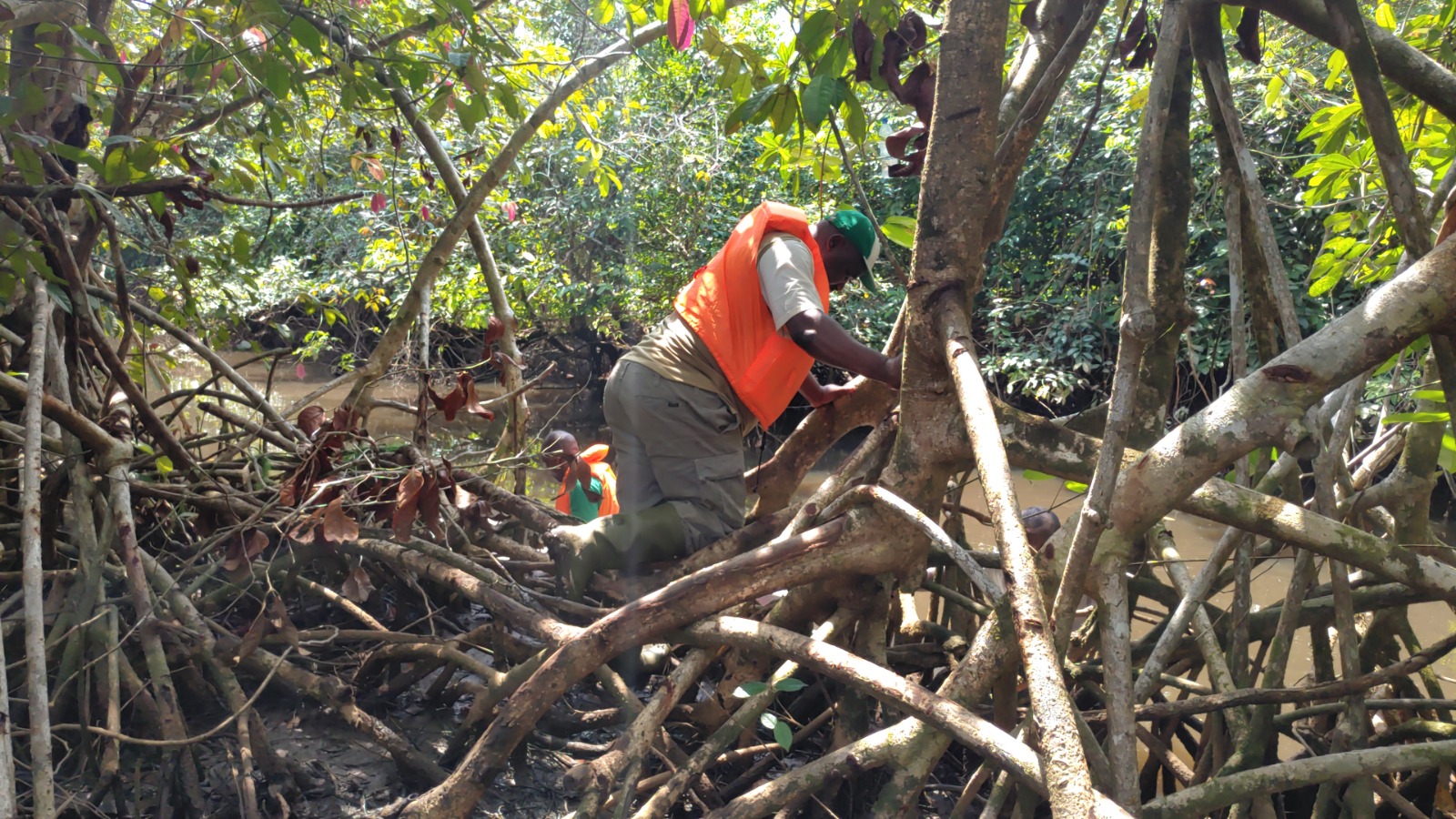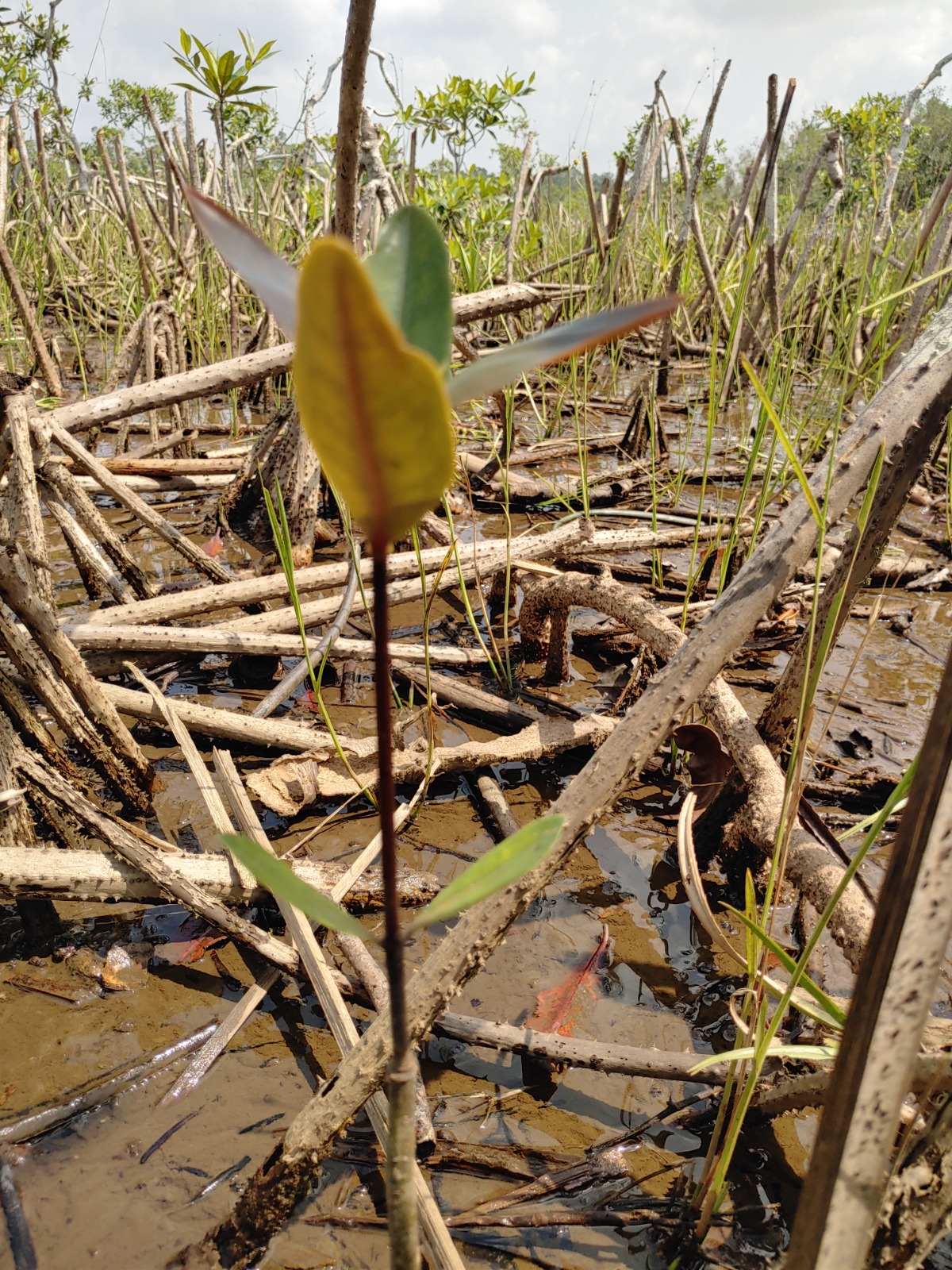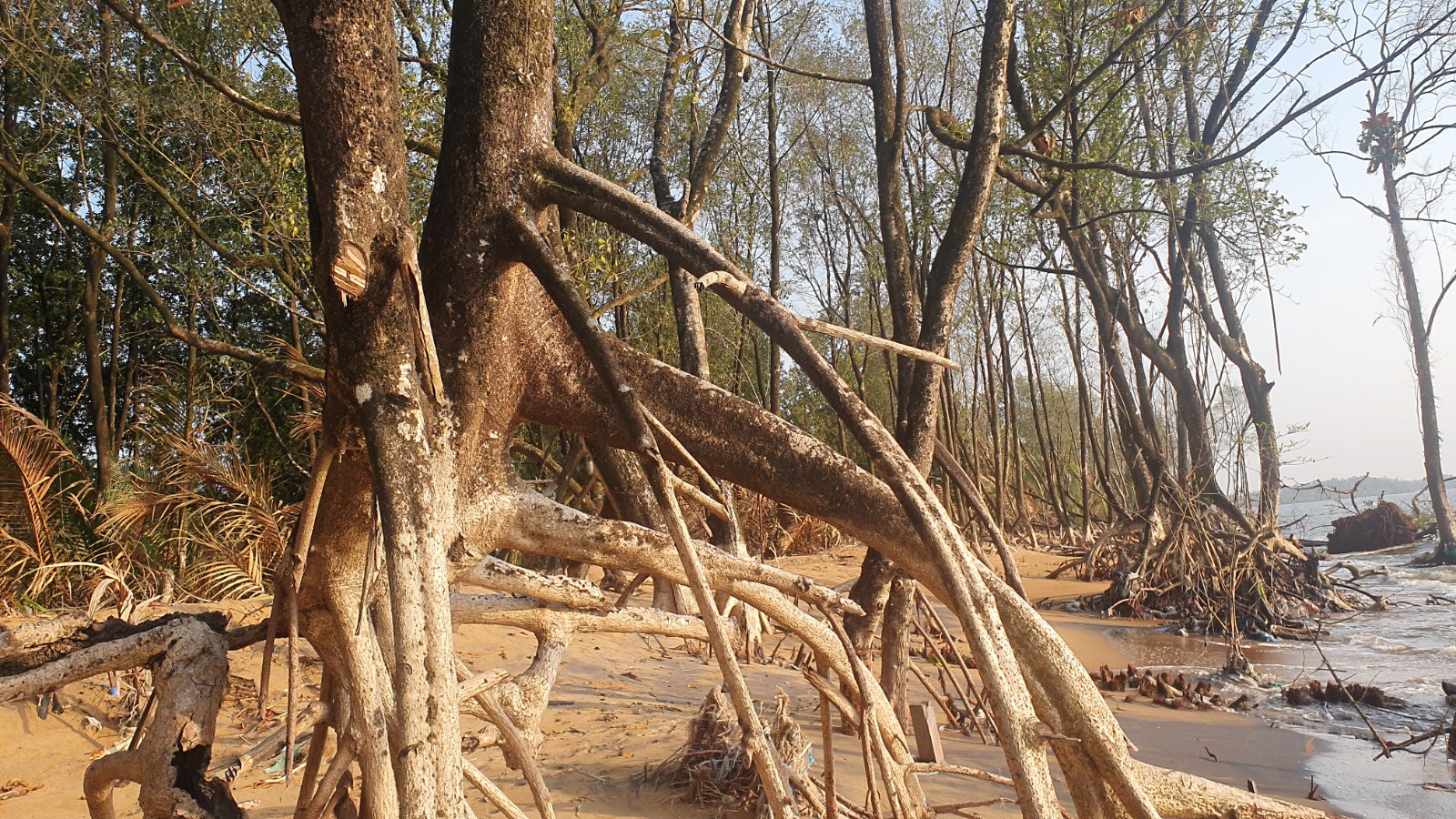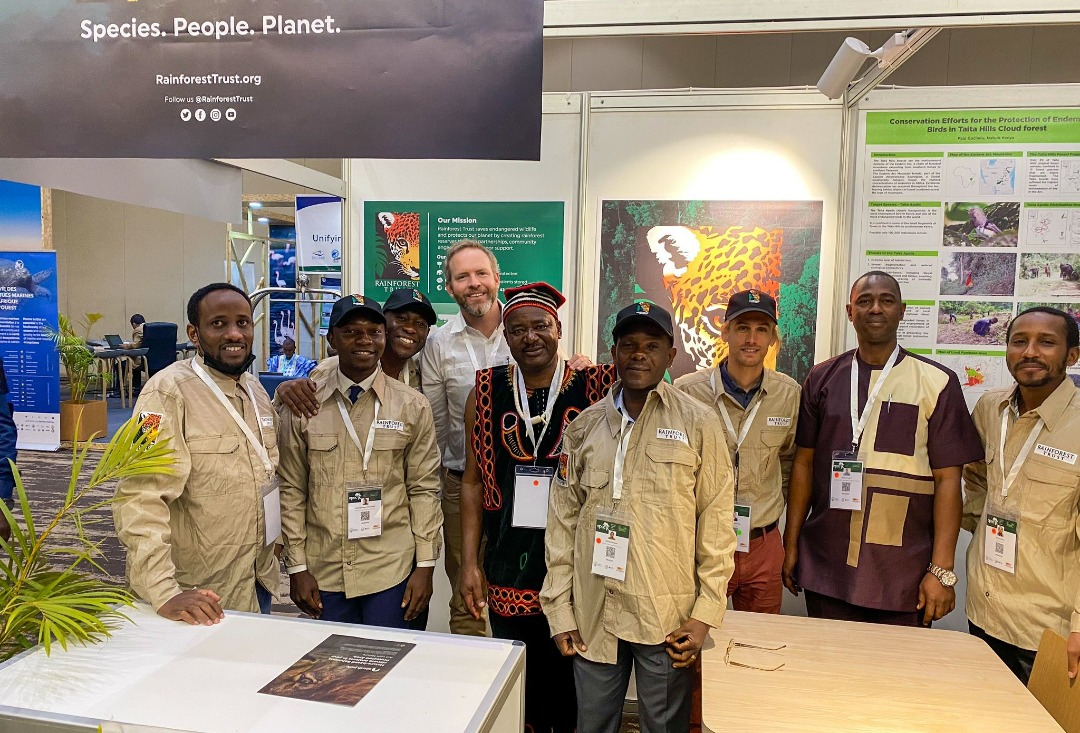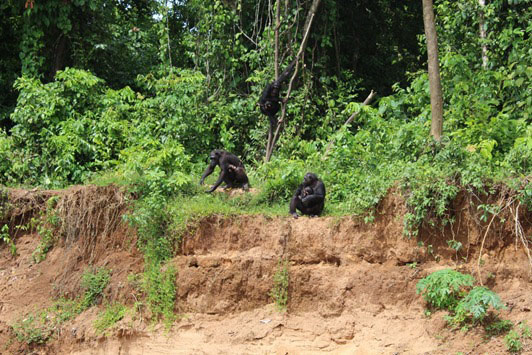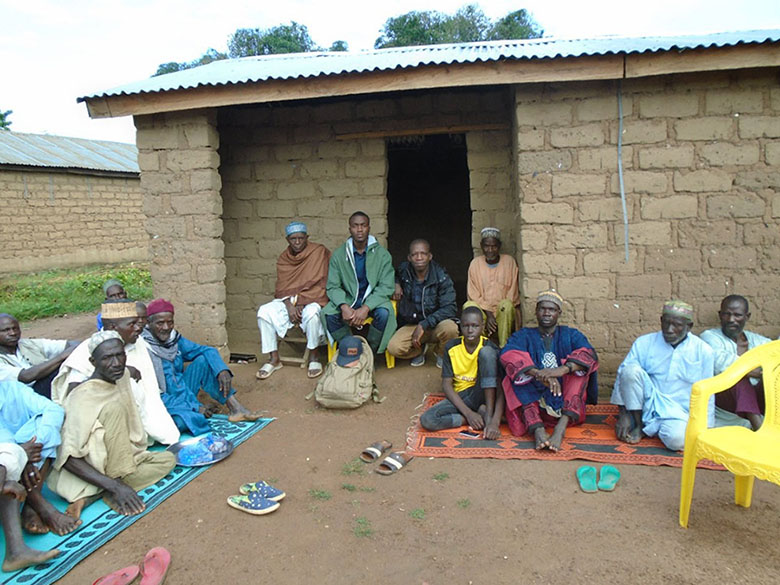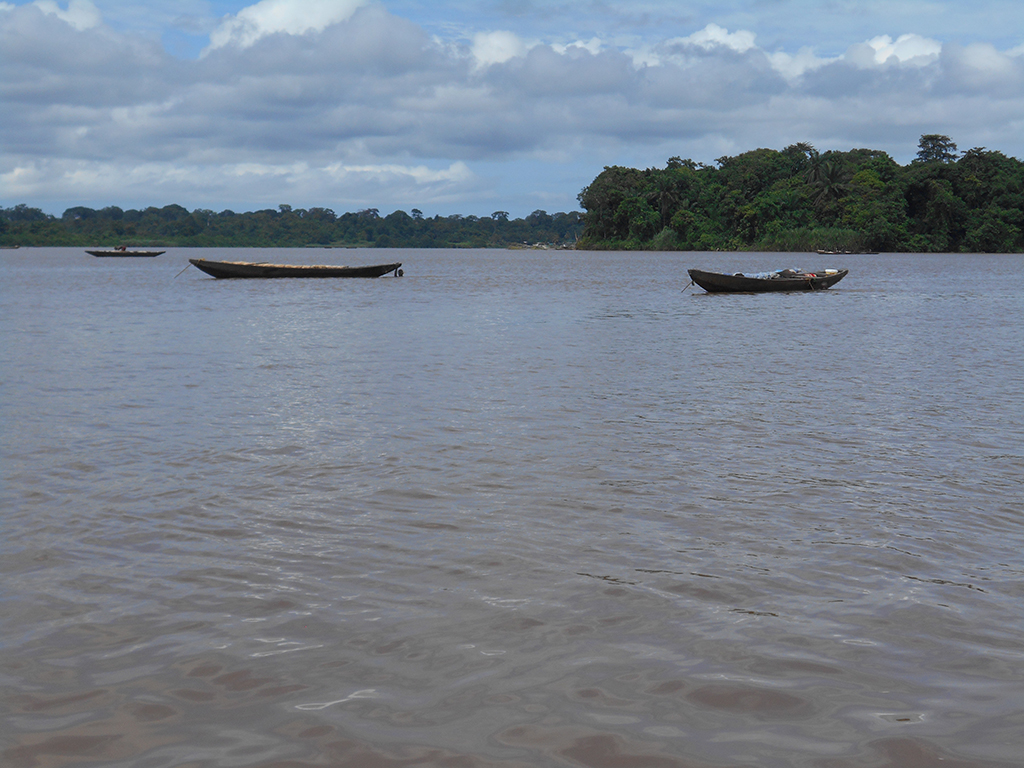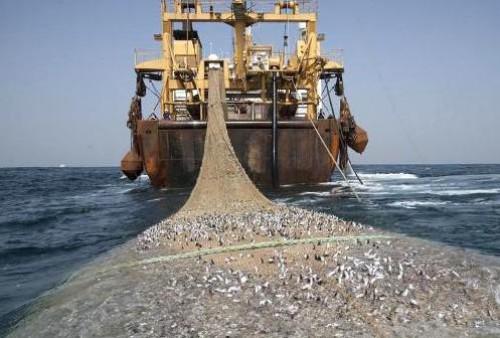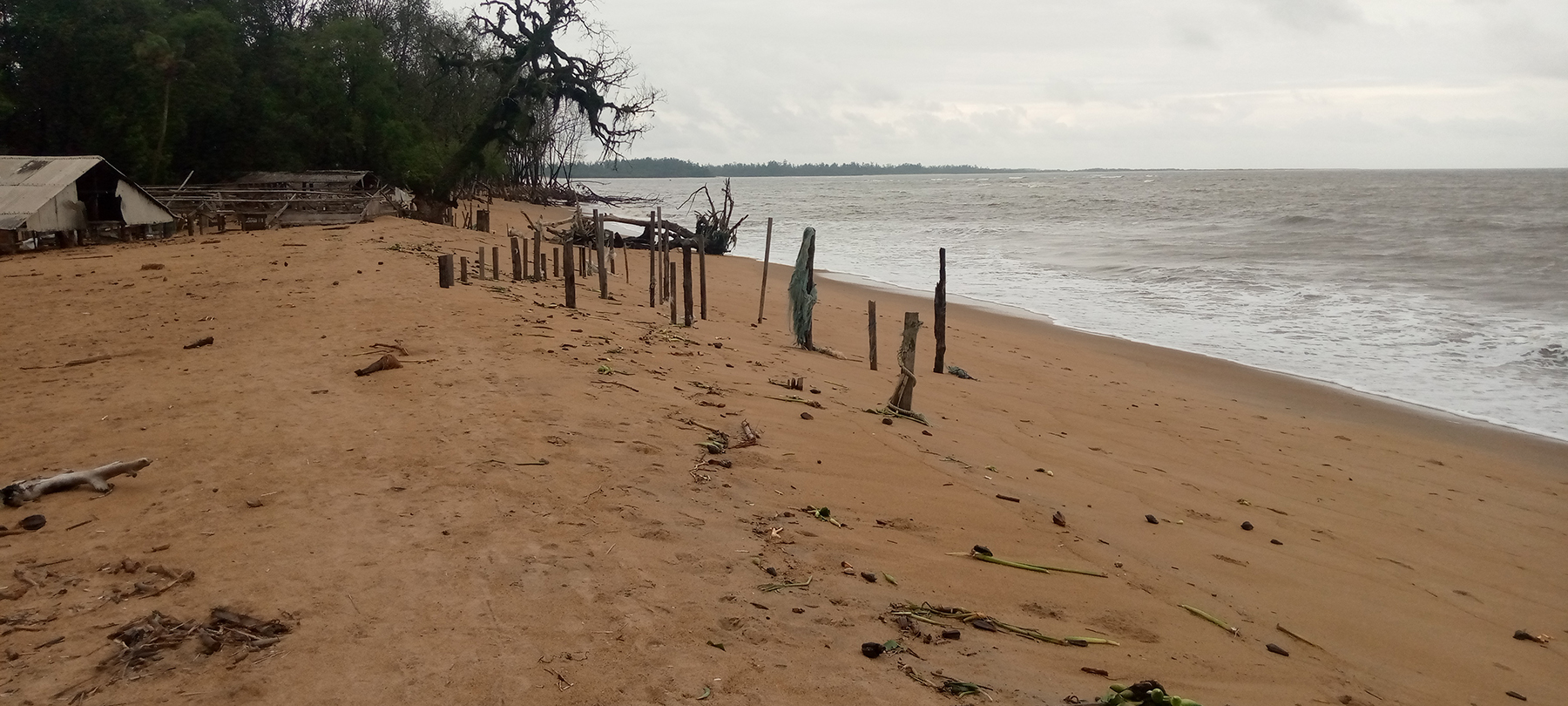The first set of elements to be taken into account in the elaboration of guidelines for drawing up and implementing management plans for marine protected areas and other effective conservation measures (OECMs) in Cameroon have been defined during a 3-day workshop held in Kolafamba, Centre Region of Cameroon, from March 9 to 11, 2023.
Organized by the Ministry of Forests and Wildlife (MINFOF) and the Cameroon Wildlife Conservation Society (CWCS) the workshop laid the foundations for guiding government actions in all protected areas and OECMs for the conservation of aquatic fauna in Cameroon.
The meeting was attended by experts and specialists from MINFOF, Cameroonian universities, civil society organizations, researchers and several sectorial ministries involved in the management of fisheries resources and environmental protection in Cameroon.
It followed the launch of the project “supporting effective management and community surveillance in the Douala Edéa Marine Protected area and advocacy campaigns to end destructive industrial fishing in Cameroon” on 13 December 2022, in Mouanko.
Held at a time Cameroon just created its first marine national park, Manyange na Elombo-Campo, in 2022, and the Douala Edéa semi-terrestrial and marine protected area in 2018, experts emphasized the urgency for these protected areas to have management plans.
The Director of Wildlife and Protected Areas at MINFOF, Joseph Lekealem, said, “a management plan is the first element that enables the administration in charge of wildlife and protected areas to lay the foundations for its actions in these areas.”
One of the experts, Professor Tomedi Eyango épse Tabi, Director of the Institut des Sciences Halieutiques, said: “We need to be present to ensure that the guidelines drawn up are realistic”.
According to Dr. Gordon Ajonina, Coordinator of CWCS, the workshop helped to define the bases to be used as criteria to ensure that marine protected areas in Cameroon play their role fully and effectively as contributors to the maintenance of biological diversity and ecological processes essential to life.
“We are at 20% of terrestrial protected areas and it seems that we have no more space to create other traditional protected areas. We need to move towards other conservation measures,” Dr. Gordon said.


